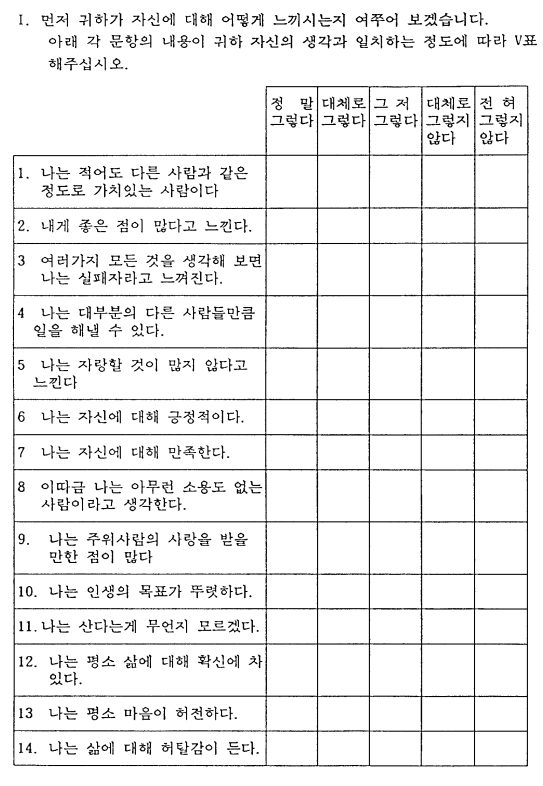
참고문헌
<한국문헌>
권상회. 1988 "여성의 충동구매에 관한연구." 계명대학교 대학원 석사학위논문
김광수. 1990 "충동구매에 관한 연구." 성균관대학교 대학원 석사학위논문.
김문조. 1987. "과소비의 사회학적 고찰." 「한국사회학」 21: 241-261.
김주호. 1987 "충동구매의 원인과 형태에 관한 연구" 연세대학교 대학원 석사학위 논문.
남명우. 1988 "신용판매가 소비자의 구매동기에 미치는 영향-대도시 신용카드 소지자를 중심으로." 연세대학교 대학원 석사학위논문
박근주. 1990. "소비자의 신용카드 사용행동에 관한 연구." 서울대학교 대학원 석사학위 논문
박동준. 1989. "소비자 충동구매에 관한 연구." 한국외국어대학교 대학원 석사학위 논문.
송인숙. 1991. "물질주의에 관한 고찰." 「성심여대 생환과학연구논짐」 11:91-104.
안경환. 1991. "소비자의 충동구매에 영향을 미치는 요인." 한국외국어대학교 대학원. 석사학위 논문.
안길상. 1991. "과소비의 소비자학적 고찰." 한국소비자학회 월례발표논문.
어윤소. 1990. "충동구매의 유발요인에 관한 연구."명지대학교 대학원 박사학위 논문.
이기춘. 1991. "과소비문제와 소비윤리." 대한가정학회 제44차 추계학술대회 발표 논문.
이훈만. 1986. "중·고등학생의 인생목적과 내외통제성에 관한 연구." 건국대학교 대학원 석사학위 논문.
이석노. 1985. "청소년층의 소비자 사회화에 관한 연구."서울대학교 대학원 석사 학위 논문.
이영호. 1992. "서울지역 주부의 신용카드에 관한 지식, 사용동기, 관리행동간의 관계." 한양대학교 대학원 박사학위논문.
이현수. 1985. 「이상행동의 심리학」, 대왕사,
전원재. 1990. "한국적 소비자 연구의 방향." 「소비자학 연구」 1(1): 9-18.
제미경, 백경미. 1991. "과소비문제에 관한 고찰." 「인제논총」 7(1): 333-346
최동숙. 1985 "신용카드 사용주부들의 소비자행동에 관한 연구" 「한국가정관리 학회지 」 3(2):77-93
한국소비자보호원. 1992. 「학생 소비행태와 학교 소비자교육 실태」. 한국소비자보호원.
허정회. 1986. "가계신용카드 이용자의 의식과 행동에 관한 연구." 이화여자대학 교 대학원 석사학위논문.
홍승찬. 1990. "강박구매의 개념과 측정에 관한 탐색적 연구." 한양대학교 대학원 석사학위논문.
Bell, D. 1960. The Cultural Contradictions of Capitalism. 김진욱역 1990. 「자본 주의의 문화적 모순」. 문학세계사.
Davison, G.C. and J.M Neale. 1986. Abnormal Psychology: An Experimental-Clinical Approach. John Wiley & Sons. 이봉건역 1097. 「이상심리학」. 성원사.
Fromm, E. 1965. The Sane Society. 김병익역 1975. 「건전한 사회」. 범우사. 1976.TO Have or To Be?. 정해근역 1987. 「소유냐 삶이냐」. 정암.
Hunt, E.K. 1972. Property & Prophets. Harper & Row. 최완규역 1979. 「소유의 역사」. 중원문화.
Baudrillard, J. 1970. La societe de consommationses mythes ses structures. Paris: Editions Denoel. 이상률역 1991. 「소비의 사회」. 문예출판사.
Mills, C.W. 1951. The Power Elite. London: Oxford University Press. 강회경역 1984. 「화이트 칼라」. 돌베게.
-------. 1956. The Power Elite. London: Oxford University Press. 진덕규역 1979. 「파워 엘리트」. 한길사.
Veblen, T. 1899. The Theory of Leisure Class. New York: MacMillan. 최광열역 1983. 「유한계급론」. 양영각.
Weber, M. 1904-1905. Die Protestantische Ethik und der Geist des Kapitalismus. 권세원, 강명규 공역 1957. 「프로테스탄티즘의 윤리와 자본주의 정신」. 일조각.
<서양문헌>
Belk, R W. 1983. "Wordly Possessions: Issues and Criticisms." advances in Consumer Research 10: 514-519.
-----------1984. "Three Scales to Measure Constructs Related to Materialism: Reliability, Validity, and Relationships to Measures of Happiness " advances in Consumer Research 11: 291-297,
Belk, RW and R.W. Pollay. 1985. "Images of Ourselves: The Good Life in Twentieth Century Advertising." Journal of Consumer Research 11:887-897
Belk, R.W. and W.J. Bryce. 1986. "Materialism and Individual Determinism in U.S and Japanese Print and Television Advertising." advances in Consumer Research 13: 568-572.
Belk, R W. 1985. "Materialism: Trait Aspects of Living in the Material World."
Bellenger, D.N and P.K. Korgaonkar. 1980 "Profiling the Recreational Shopper." Journal of Retailing 56. 77-92.
Block, P.H., N.M Ridgway and J.E. Nelson. 1991. "Leisure and Shopping Mall." . Advances in Consumer Research 18: 445-452.
Campbell, C. 1987. The Romantic Ethic and the Spirit of Modern Consumerism, Oxford:Basil Blackwell.
Churchill, Jr.G.A. and G.P. Moschis. 1979. "Television and Interpersonal Influences on Adolescent Consumer learning." Advances in Consumer Research 6: 23-35.
Cobb, C.J. and W.D. Hoyer. 1986. "Planned Versus Impulse Purchase Behavior." Advances in Consumer Research 62: 384-409.
Cushman, P. 1990 "Why the Self is Empty." American Psychologist 45: 599-611.
d'Antony, Jr.J.S. and H.L. Shenson. 1973. "Impulse Buying Revisited: A Behavioral Typology." Journal of Retailing 49: 63-76.
d'Astous, A. 1990. "An Inquiry into the Compulsive Side of Normal Consumers." Journal of Consumer Policy 13: 15-31.
d'Astous, A., J. Maltais and C. Roberge. 1990. "Compulsive Buying Tendencies of Adolescent Consumers." Advances in Consumer Research 17: 306-320.
Daun, A. 1983. "Materialistic Life-style: Some Socio-psychological Aspects."; Pp:6-16 in Consumer Behavior and Environmental Quality edited by Liisa Uusitalo. New York: St. Martin's Press
Engel, J.F., R.D. and P.W. Miniard. 1990. Consumer Behavior 6th ed. The Dryden Press.
Faber, R.J. and T.C. 0'Gulnn 1988a "Compulsive Consumption and Credit Abuse." Journal of Consumer Policy 11:97-109
---------------------------. 1988b. "Dysfuntional Consumer Socialization: A Search for the Roots of Compulsive Buying." Paper Presented at the 13th Annual Colloquium of the International Association for Research in Economic Psychology. Leuven: Belgium.
---------------------------. 1989. "Classifying Compulsive Consumers: Advances in the Development of Diagnotic Tool " Advances in Consumer Research 16: 738-744
Faber, R.J., T.C. 0'Guinn and R.Krych. 1987. "Compulsive Consumption." Advances in Consumer Research 14: 132-135.
Gardner, M. P. 1985. "Mood State and Conumer Behavior: A Critical Review". Advances in Consumer Research 12: 281-300
Gr
Ønmo, S. 1989. "Compensatory Consumer Behavior: Elements of a Critical Sociology of Consumption"; Pp 65-85 I The Sociology of consumption edited by Otnes, P. 1989. Atlantic Highlands, Nj: Humanities Press International.부록


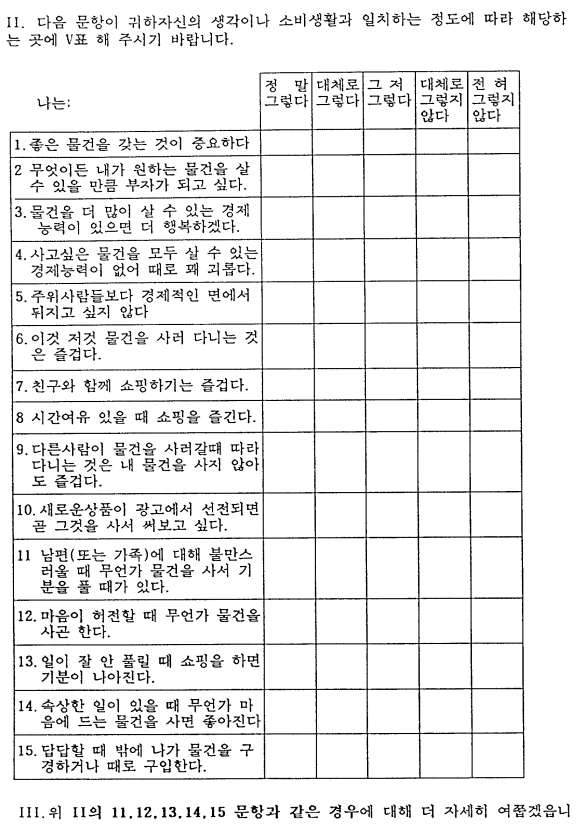
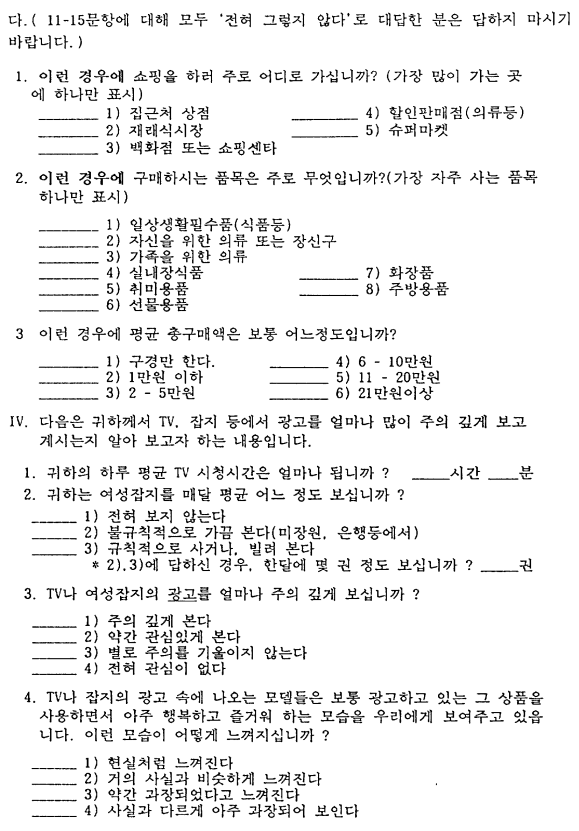
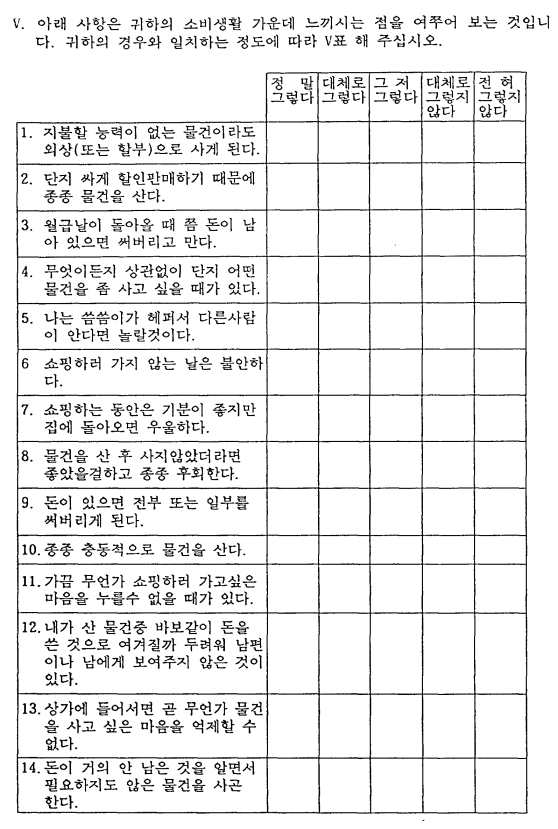
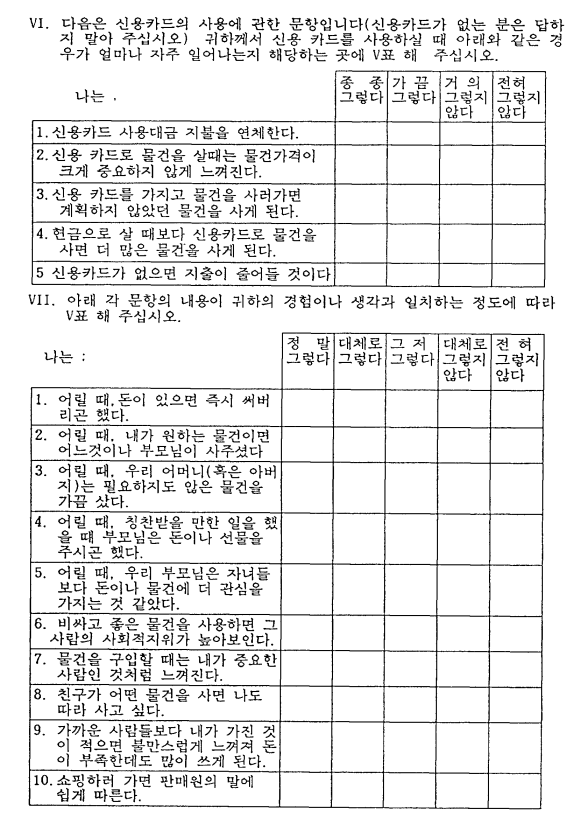
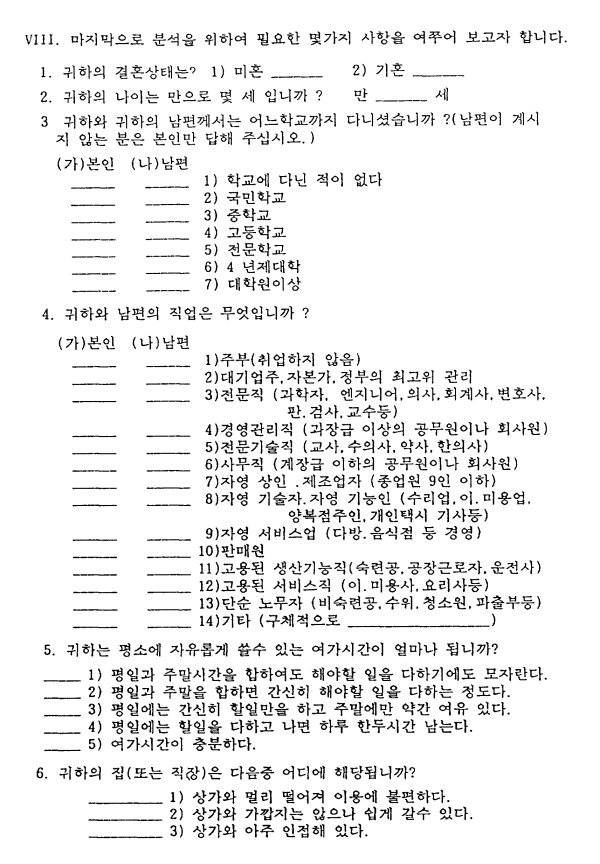
영문초록
Addictive BUying Tendencies of Consumers
In-Sook Song
Dept. of Consumer & Child Studies
Graduate School
Seoul National University
This study starts from a perspective that addictive buying behavior is not a qualitative departure from normal consumption but an extreme case of general urge to buy. The present study examines the nature of addictive buying tendencies of the general urban female consumers in Korea and suggests consumer policy to diminish the tendencies.
Addictive buying tendencies scale was administered to a sample of 593 femeal consumers in Seoul. THe statistical methods used for data analysis are frequency, percentage, arithmetic mean, standard devication, oneway ANOVA, Scheffe-test, path analysis, Pearson's correlation, and (chi square)test.
The present study found that the level of addictive buying tendencies of Korean urban female consumers is similar to that of American, Canadian, and German consumers. As shown by previous studies in other countries, addictive buying tendencies are relate negatively with age, self-esteem and positively with advertising susceptibility, inner-emptiness, and early consumption experiences.
In partivular, the present study concludes that addictive buying is a result of consumption-oriented, materialistic values which are characteristic of capitalistic socio-economic system. Thes values are disseminated to consumers not only by marketing strategies and advertising but alos by their parents when they are young. The materialistic values promote preference for shopping. The consumers innated with the values tend to buy something for a compensatory purpose when they feel inner-emptiness, low self-esteem, stress, etc. If this compensatory buying behavior should occur frequently and repeatedly, then consumers become dependent on it an uncontrollable this urge to buy. That is addictive buying formulation process.
Discussions about negative effects of addictive buying tendencies on consumers and some strategies of diminishing them are as follows:
1. Addictive buying tendencies have negative effects on consumer in economic well-being, decision-making on purchasing and satisfaction of psychological need. Therefore addictive buying tendencies must be diminished.
2. To diminish addictive buying tendencies consumers should not use buying for a compensatory purpose. Consumers have to make a rational decision based on utilities of product and look for alternative activities to cope with stress, frucstration, depression, inner-emptiness, low self-esteem, etc.
3. Marketing theory and practice contribute to the development of strategies and structures which as a side effect make the act of buying suitable for addictive experiences, especially through enriching and enlarging shopping or buying by emotional, experiential, and symbolic values. Sellers should exercise restraint in such a marketing strategies.
4. Parents should not let their children meet their demands immediately. They should not be made to feel that their parents care for material goods more than them and give their children mental or internal rewards instead of material or external ones.
5. Based on the finding that addictive buying tendencies are related strongly with credit cards abuse, the consumers should be educated and informed about the potential danger of credit cards.
Keywords: Consumer, Addictive Buying, Compulsive Buying, Compensatory Buying, Preference for Shopping, Materialism